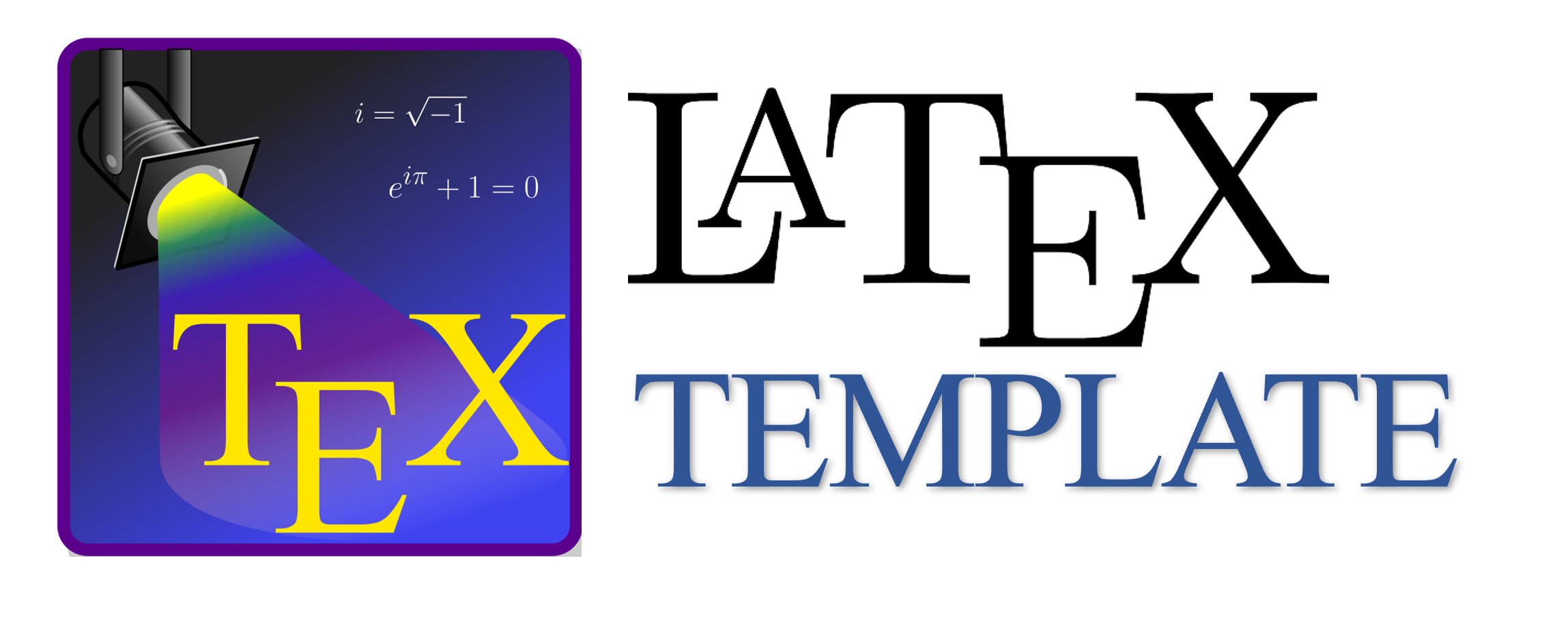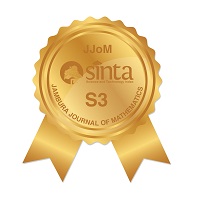Parameter Estimation and Hypothesis Testing of GTW Compound Correlated Bivariate Poisson Regression Model: A Theoretical Development
Abstract
Keywords
Full Text:
PDFReferences
A. J. Dobson and A. G. Barnett, An Introduction to Generalized Linear Models, Fourth Edition. Chapman and Hall/CRC, 2018. doi: 10.1201/9781315182780.
J. M. Hilbe, “Modeling count data,” Model. Count Data, no. 3, pp. 1–294, 2014, doi: 10.1111/rssa.2_12138.
X. Xu and J. W. Hardin, “Regression Models for Bivariate Count Outcomes,” Stata J., vol. 16, no. 2, pp. 301–315, 2016, doi: 10.1177/1536867X1601600203.
J. Hinde, “Compound Poisson Regression Model,” GLIM 82, pp. 109–121, 1982.
G. Z. Stein and J. M. Juritz, “Bivariate compound poisson distributions,” Commun. Stat. - Theory Methods, vol. 16, no. 12, pp. 3591–3607, Jan. 1987, doi: 10.1080/03610928708829593.
G. Z. Stein, W. Zucchini, and J. M. Juritz, “Parameter Estimation for the Sichel Distribution and Its Multivariate Extension,” J. Am. Stat. Assoc., vol. 82, no. 399, p. 938, Sep. 1987, doi: 10.2307/2288808.
A. C. Cameron and P. K. Trivedi, Regression Analysis of Count Data. Cambridge University Press, 2013. doi: 10.1017/CBO9781139013567.
J. K. Ord and A. Getis, “Local Spatial Autocorrelation Statistics: Distributional Issues and an Application,” Geogr. Anal., vol. 27, no. 4, pp. 286–306, 1995, doi: 10.1111/j.1538-4632.1995.tb00912.x.
S. N. H. Salby, “Penaksiran Parameter Dan Pengujian Hipotesis Model Regresi Compound Correlated Bivariate Poisson (Studi Kasus : Jumlah Kematian Ibu Nifas dan Jumlah Kematian Neonatal di Provinsi Jawa Timur Tahun 2021),” Institut Teknologi Sepuluh Nopember Surabaya, 2023.
R. Safarida, “Model Regresi Geographically Weighted Compound Correlated Bivariate Poisson (Studi Kasus: Jumlah Kematian Ibu Nifas dan Jumlah Kematian Neonatal di Provinsi Jawa Timur Tahun 2021),” Institut Teknologi Sepuluh Nopember Surabaya, 2023.
A. S. Fotheringham, R. Crespo, and J. Yao, “Geographical and Temporal Weighted Regression (GTWR),” Geogr. Anal., vol. 47, no. 4, pp. 431–452, Oct. 2015, doi: 10.1111/gean.12071.
B. Huang, B. Wu, and M. Barry, “Geographically and temporally weighted regression for modeling spatio-temporal variation in house prices,” Int. J. Geogr. Inf. Sci., vol. 24, no. 3, pp. 383–401, Mar. 2010, doi: 10.1080/13658810802672469.
S. Mardalena, “Penaksiran Parameter dan Pengujian Hipotesis pada Model Geographically Weighted Multivariate Poisson Inverse Gaussian Regression,” Institut Teknologi Sepuluh November Surabaya, 2022.
H. Yasin, P. Purhadi, and A. Choiruddin, “Estimasi Parameter Dan Pengujian Hipotesis Model Geographically Weighted Generalized Gamma Regression,” J. Gaussian, vol. 11, no. 1, pp. 140–152, 2022, doi: 10.14710/j.gauss.v11i1.33990.
J. Nugraha, Metode Maksimum Likelihood Dalam Model Pemilihan Diskrit. Yogyakarta: Universitas Islam Indonesia, 2017.
H. Yasin, Purhadi, and A. Choiruddin, “Spatial clustering based on geographically weighted multivariate generalized gamma regression,” MethodsX, vol. 13, p. 102903, Dec. 2024, doi: 10.1016/j.mex.2024.102903.
DOI: https://doi.org/10.37905/jjom.v7i2.32712
Copyright (c) 2025 Priyanka Ratulangi Hargandi, Purhadi Purhadi, Achmad Choiruddin

This work is licensed under a Creative Commons Attribution-NonCommercial 4.0 International License.
Jambura Journal of Mathematics has been indexed by
Jambura Journal of Mathematics (e-ISSN: 2656-1344) by Department of Mathematics Universitas Negeri Gorontalo is licensed under a Creative Commons Attribution-NonCommercial 4.0 International License. Powered by Public Knowledge Project OJS.
Editorial Office
Department of Mathematics, Faculty of Mathematics and Natural Science, Universitas Negeri Gorontalo
Jl. Prof. Dr. Ing. B. J. Habibie, Moutong, Tilongkabila, Kabupaten Bone Bolango, Gorontalo, Indonesia
Email: [email protected].



















